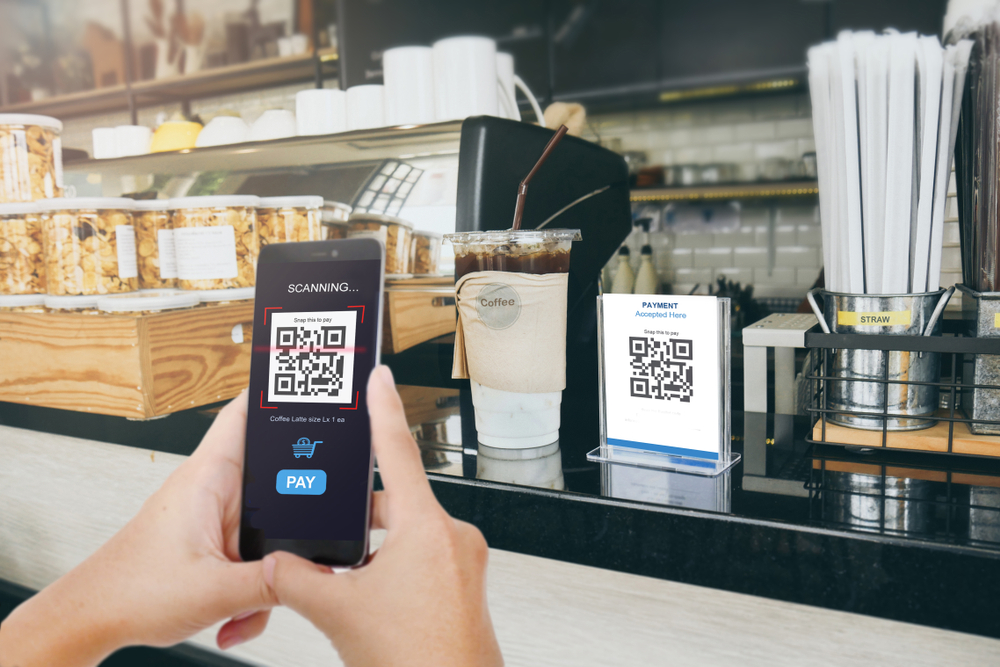QR codes, with its distinct black and white square design, is a kind of matrix barcode that was created in 1994 for use in the Japanese automotive industry. The term QR stands for Quick Response Code. This is the brand name for the well-known 2D barcode that is readable by most smartphones.
With the rising permeation of internet and smartphone use worldwide, the adoption and use of QR codes has grown as well. These codes can be found everywhere: advertisements, retail stores, movies, etc.
According to a research study conducted by Statista, it is estimated that 11 million U.S. households will scan a code in 2020. Back in 2018, the number of scans were at 9.76 million.
When a QR code is scanned, both the vertical and horizontal patterns are decrypted by software embedded in the smartphone. This information is then transformed into a string of characters. Depending on the instruction of those characters, this may enable your phone to open a browser link, verify location, verify payment information, and other activities.
What Are QR Code Payments And How Do They Work?
The proliferation of QR codes in online stores and apps have to do with the ease in which they can be scanned. While line codes can only be scanned using a laser barcode scanner on paper, QR codes can be scanned both off of paper as well as screens.
With the rise of contactless payments due to the pandemic, QR code payments have increased in use. Why? When a customer scans a merchant’s QR barcode, they can easily pay for their goods via a digital wallet. This transaction can be done without having to touch the payment terminal, handling cash, or having to tap or wave within the proximity of the terminal.
Before a customer can use QR Code payments, they must possess the following: a smartphone or tablet with a built-in camera or a barcode reader that is able to scan QR codes.
These days there are many QR Code scan apps available to scan QR codes easily. To use QR code payments for a business, the user simply has to open the applicable QR code payment app. Next, the user simply scans the code on the shop’s checkout, the website, the individual product or the paper bill in order to verify the price. In many instances, the user may need to type in their credit card details manually.
On the other hand, if a merchant is trying to scan the QR code on the customer’s phone screen, the transaction must first be prominently displayed on the retailer’s POS system upon checkout. Next, the customer must open the applicable company or payment app that facilitates QR code transactions. The app will then show a unique QR code that contains the customer’s credit card information. The merchant will then scan this code, using a QR code scanner, completing the transaction.
Some Vulnerabilities To Keep In Mind
Although using QR codes are generally secure, it is not without its vulnerabilities. Originally created to track auto parts during the car manufacturing process, QR codes were never meant to be used for payment processing.
Since they offer convenience and another contactless way of paying, merchants would do well to work diligently to reduce the risk of payment fraud.


